13 Do’s And Don’ts Smart Owners Use To Raise Well-Behaved Cats
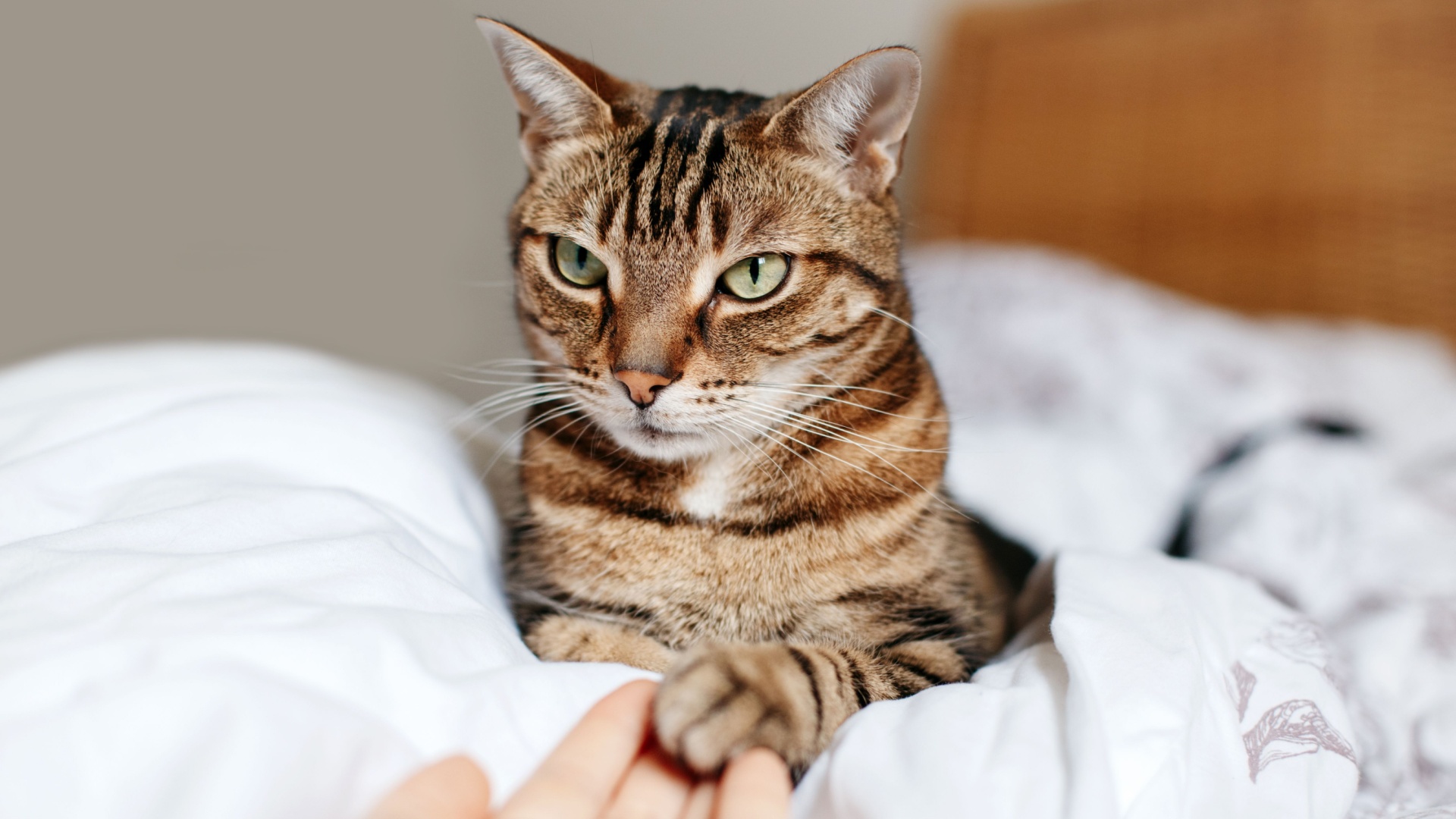
Raising a well-behaved cat isn’t about being strict – it’s about knowing what truly works. From avoiding common mistakes to reinforcing the right habits, a little guidance goes a long way.
Cats might be independent, but they thrive with structure, patience, and the right kind of attention. Let’s dive into the essential do’s and don’ts every smart cat owner swears by.
1. Positive Reinforcement

If you wish to nurture a purr-fectly behaved cat, turn to the magic of positive reinforcement as your secret weapon! Reward them with a yummy morsel or some playtime when they exhibit the good behavior you wanna see.
Let’s talk about what not to do, though. Don’t yell at your cat! Seriously! Don’t. Raising your voice or shouting at your cat won’t get the message across. Cat’s simply can’t understand scolding like we do, so instead it frightens them.
Anxiety and stress aren’t off the table either! All in all, yelling can in fact have the opposite effect of what you want. Your cat might grow more distant, they might trust you less and they may start acting up even more.
2. Redirect Their Attention
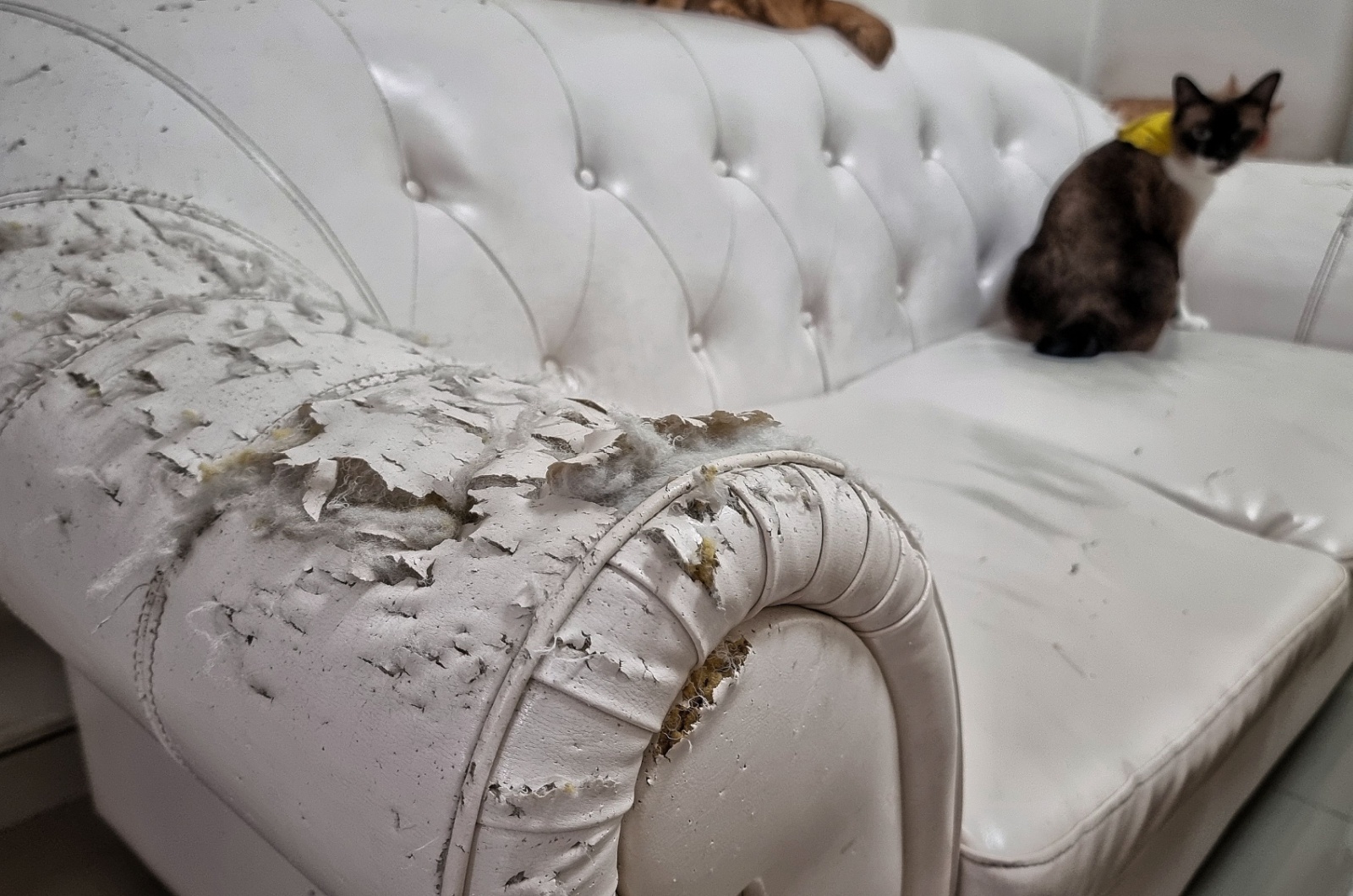
Cats will be cats, and sometimes that means scratching your favorite chair or knocking over the plants you worked your bum off to keep alive! Instad of getting annoyed or frustrated, gently guide them toward the behavior you do actually want to see. How?
For instance, if your kitty is tearing into the couch and driving you crazy, place a scratching post nearby and encourage them to use it instead! Use the method from the previous step (a.k.a. positive reinforcement) and reward them when they comply!
Besides this, here is a little golden rule to follow: never, ever, use physical discipline, no matter how tempting it may be in the heat of the moment! Hitting or physically correcting your cat doesn’t teach them what’s right, at all.
What physical disciplining does is never good – it creates fear and mistrust, sometimes even aggression. And I am certain you don’t want that! That’s why building trust and guiding behaviour with patience is far more effective.
3. Be Consistent
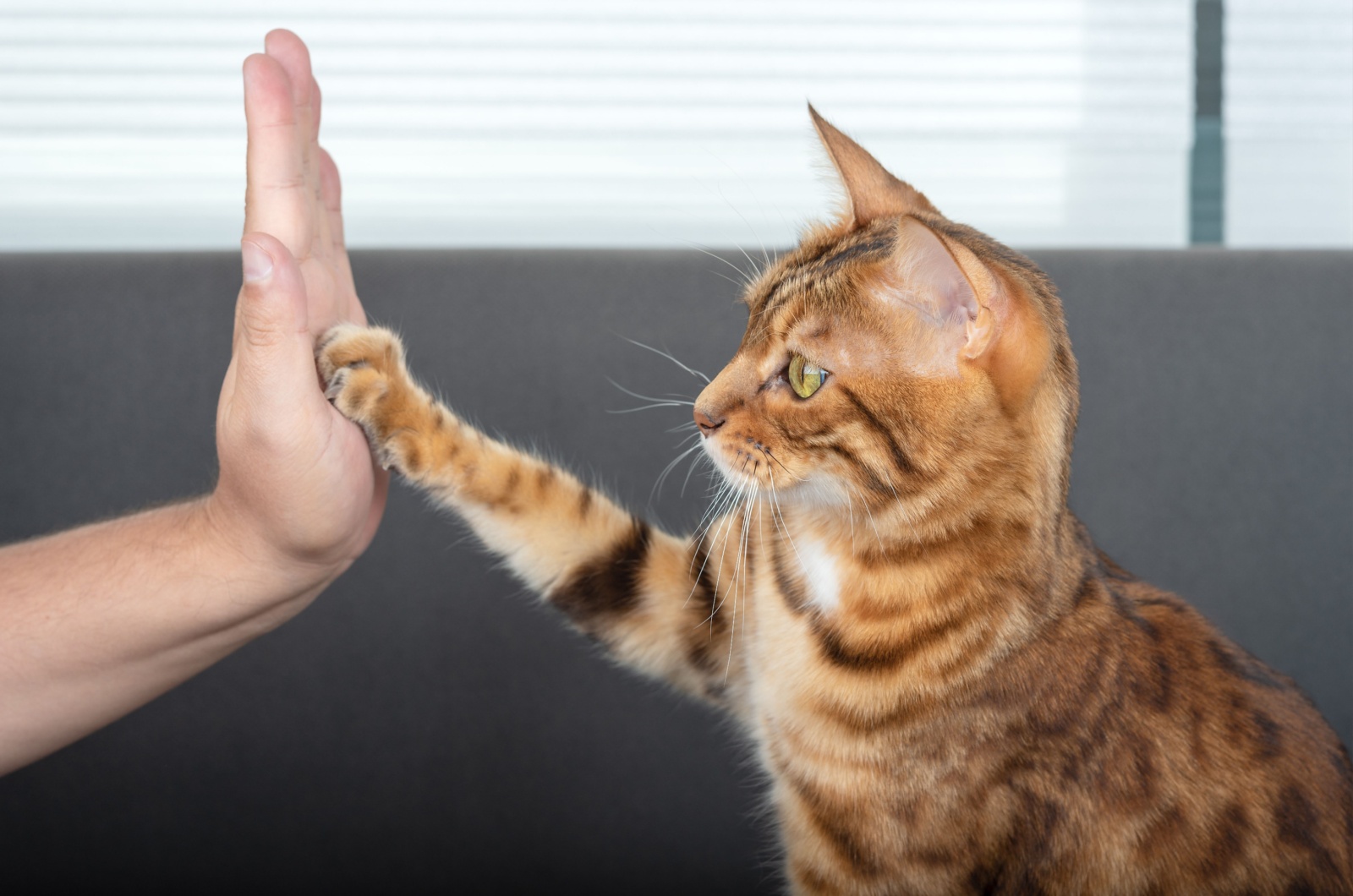
Consistency is the most important step to training any animal, and that includes cats! Establish rules and stick to them. If you don’t want your cat on the kitchen counter, ensure everyone in your household enforces this rule consistently and all the time!
Don’t change the rules frequently. Cat’s aren’t machines that can update to terms and conditions which constantly shift around! Sending mixed signals by sometimes allowing bad behavior can confuse your cat. This means a harder time at learning!
Cats need their predictability to thrive! They learn best when boundaries are clear and not flipping on and off like switches. Cats aren’t mind readers, and changing rules will frustrate the both of you!
4. Provide Environmental Fun

When it comes to cats, they often misbehave out of sheer boredom. Those mood swings that drive you up the wall, like knocking over items or darting across the room at 3 a.m. might just mean “I’m bored, for the love of God! Entertain me!”
The solution? Create a stimulating environment! That means that you should provide toys, climbing trees, and interactive play to keep them mentally and physically stimulated. Prevent mischief before it starts, essentially!
Remember, cat’s aren’t naughty just for the sake of it. What we think of as bad behaviour is often a sign of their unaddressed needs! By addressing them, you can transform their behavior (and keep your apartment less of a middle-of-the-night mess!).
5. Use Deterrents Wisely
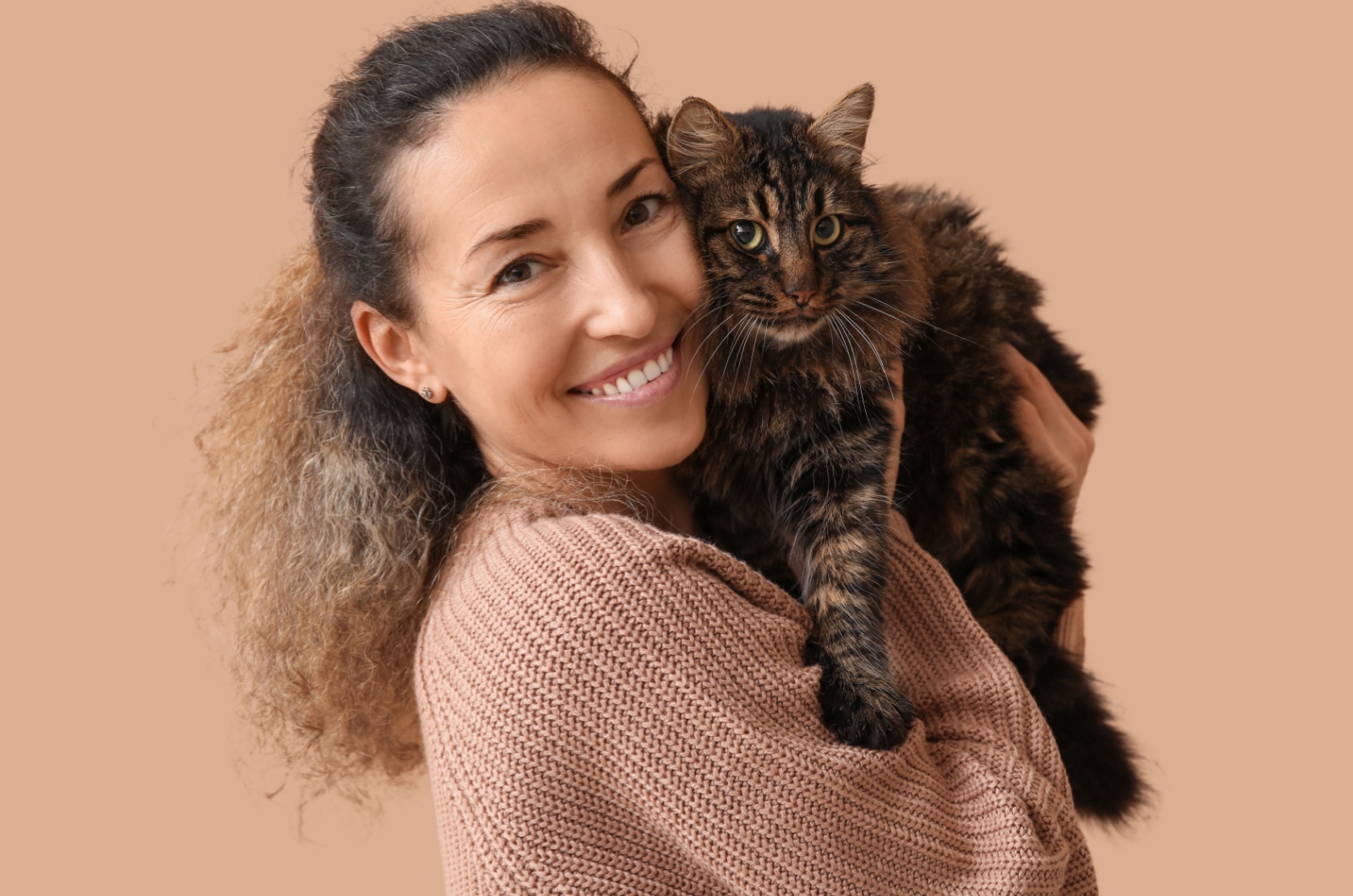
Sometimes, the best way to manage a curious cat is to make certain places look less appealing. Use safe deterrents, like double-sided tape or aluminum foil! This will keep cats away from places you don’t want them to explore.
Don’t spray them with water, though! Although it may seem like the easiest thing in the world to do in order to solve your problems, spraying water can make your cat fear you and damage your trust. Choose deterrents that don’t involve confrontation!
6. Address Behavior Immediately

Picture this: you come home to find your shoes nibbled on and your cat nonchalantly licking their paws. Screaming “BAD CAT!” for the next hour won’t do much. It will only confuse them!
Take a deep breath. Think. Cats live in the moment, so scolding them hours later for their shenanigans won’t help. The trick is to respond right away!
In practice, this is how it looks like: you catch your cat in the act and gently clap your hands. There! As simple as that, and your cat will associate the negative consequence with their behavior. Timing is critical!
7. Understand Their Body Language
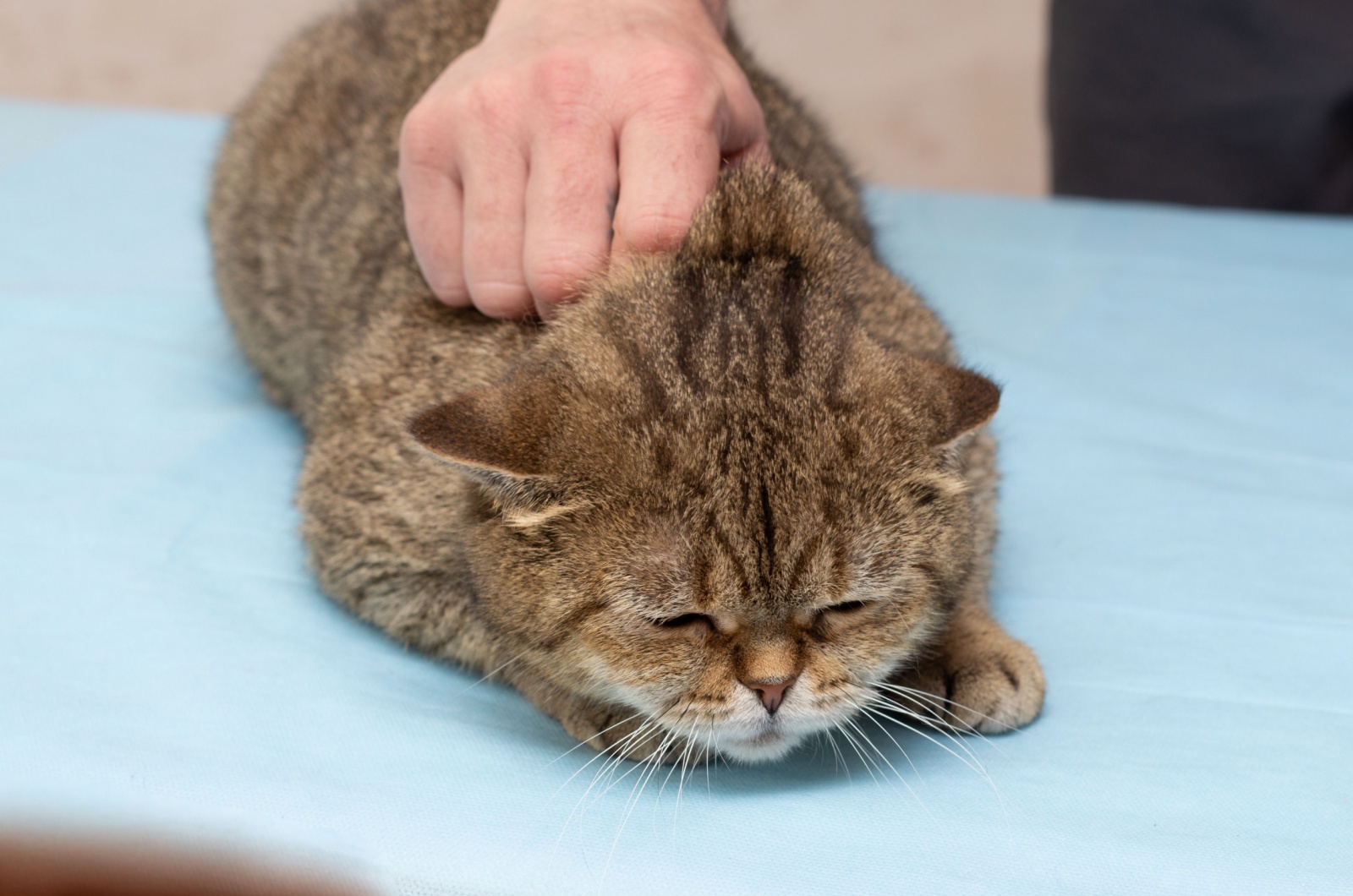
The key to preventing your cat’s naughty ways? Become an expert at reading their body language! Watch for signs of stress, like flattened ears, dilated pupils, or tail twitching.
These can all be indicators of an impending act of mischief. Remember, cats are great communicators, just not in human lingo! So start tuning in to their subtle signs! You’ll handle your cat’s behavior before it even becomes a problem.
Another thing: f your cat is acting out, it might be due to stress or health issues. Don’t rule out these possibilities either! Consult a vet if you suspect that somthing deeper might be going on. Better be safe than sorry!
8. Make Unwanted Behaviors Unappealing
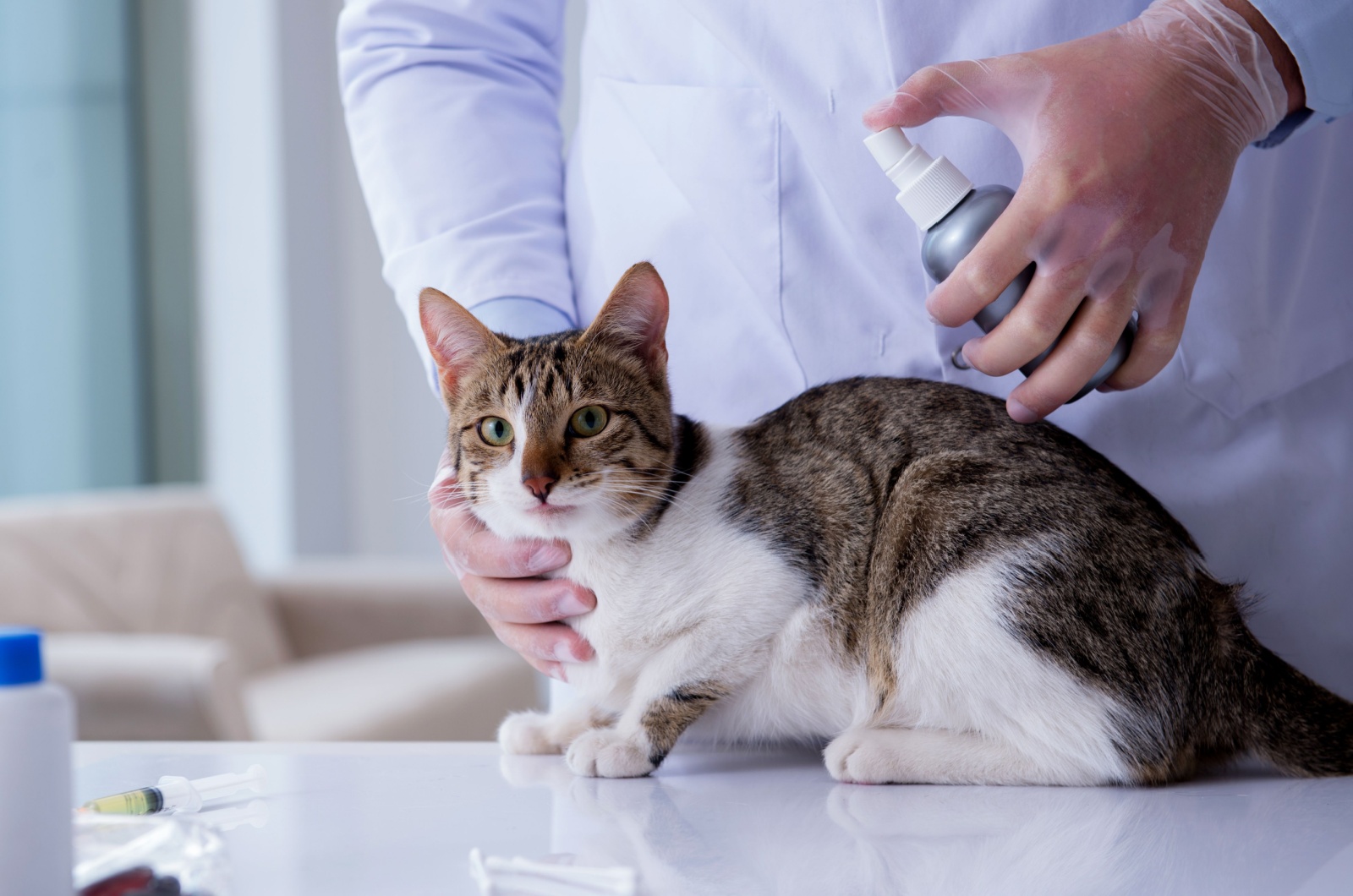
Is your cat’s a wire-chewing fiend? Outsmart them: fight back with a pet-safe bitter spray! A quick spritz of pet-saf bitter solution can deter nibbles without any harm, to your cords, and your cat’s tummy.
Cats avoid bitter tastes, so this is safe, and doesn’t require you to sit guard over every exposed wire in your home. But remember, prevention is always better than cure, so cat-proofing your wires with cable management solutions is another purrfect tactic.
At the same time, avoid using force or punishment to correct the behavior. But if your cat, for example, scratches you during playtime, don’t grab and hold them down. Instead, encourage a positive alternative.
9. Be Patient And Gentle
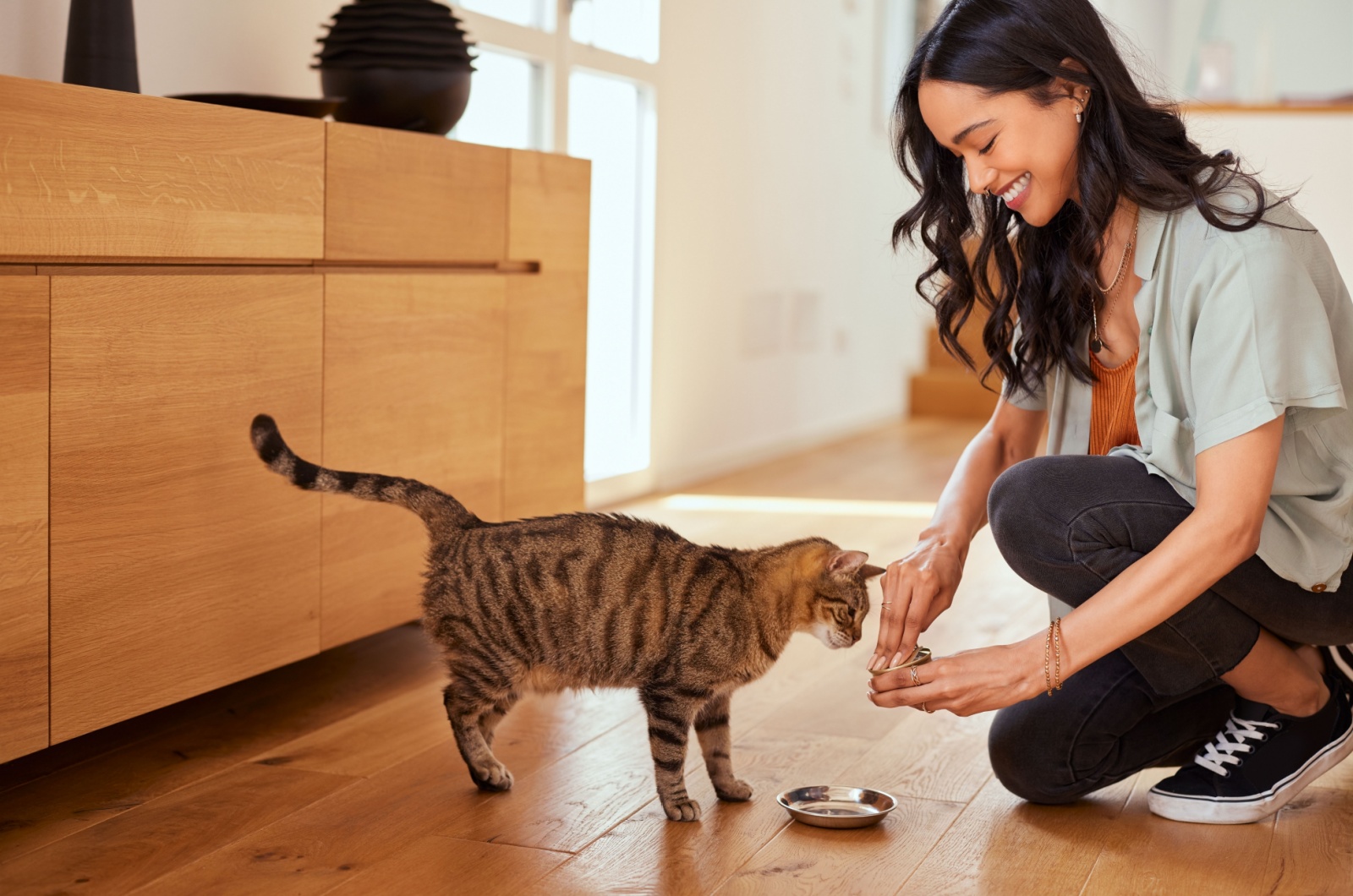
When your cat stays cool and collected at times that would normally send them into a tizzy, they deserve a high five (or a treat, they’ll prefer that). Show them that staying calm when stressed is a paw-sitive behavior that you both need (and find useful)!
Have you ever found yourself dealing with a chatty catty? Here’s a manipulation tactic to use: when your kitty is meowing excessively for attention, resist the temptation to cuddle them! Wait until they calm down, and then reward the peaceful behavior.
10. Create A Routine
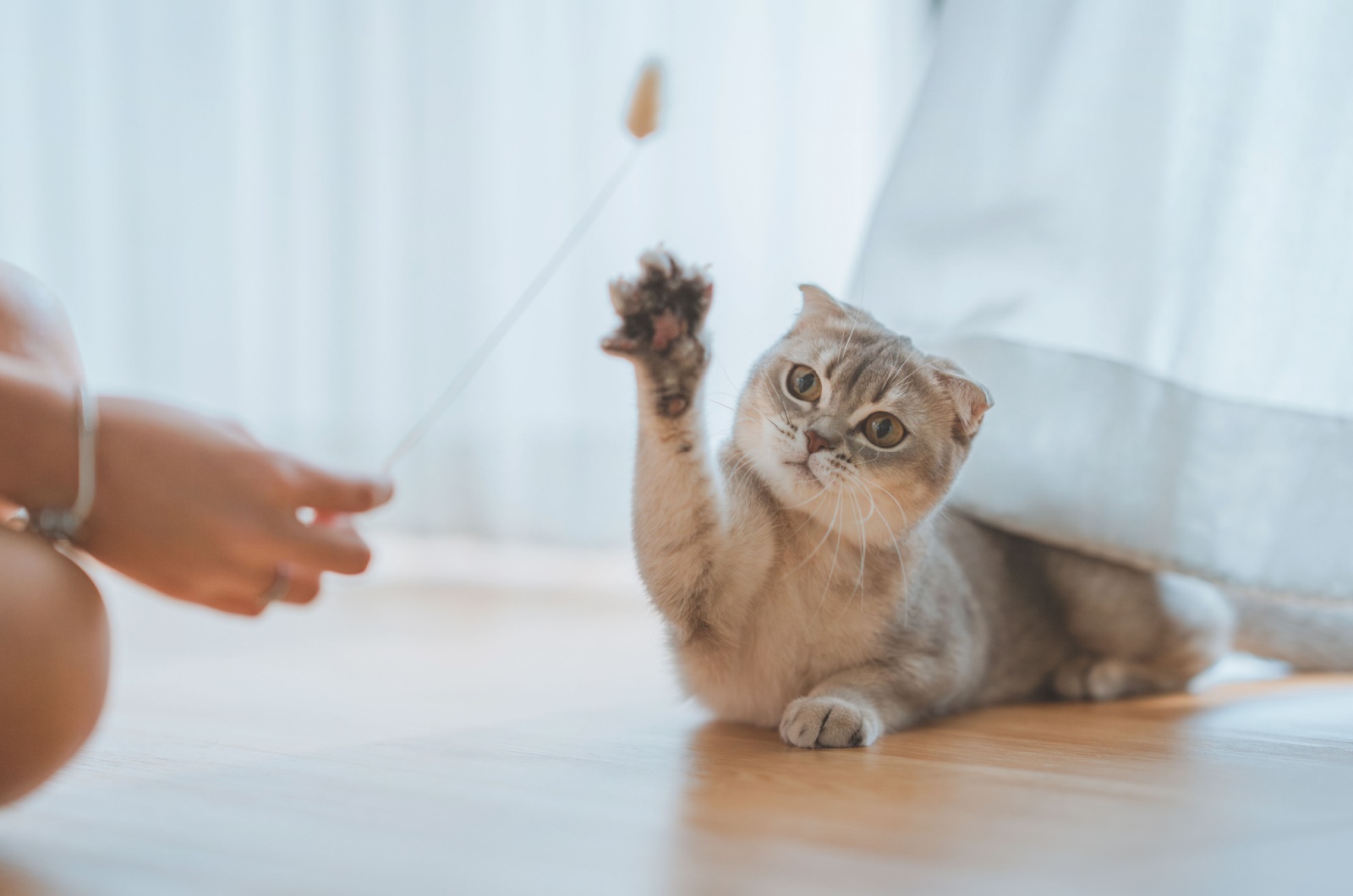
Cats thrive on routine, which helps them feel secure and reduces stress. Establish a consistent schedule for feeding, playtime, and grooming.
A predictable routine helps your cat understand what to expect and fosters trust between you and your pet. For example, regular play sessions can curb boredom and prevent destructive behavior.
11. Provide Proper Socialization

Proper socialization is key to raising a well-behaved and confident cat. Expose your cat to different environments, people, and other pets (if safe) early on, so they become comfortable with new experiences.
This helps reduce fear and anxiety, making them more adaptable and friendly. For example, introducing your cat to gentle handling and new sounds during kittenhood can prevent stress-related behaviors later in life. Socialization builds a more trusting and well-rounded feline companion.
12. Keep The Litter Box Pristine

Source: Shutterstock
A messy litter box is a one-way ticket to unwanted behavior – like finding surprise “gifts” outside the box. Cats are incredibly clean creatures, and if their bathroom isn’t up to snuff, they’ll protest with their paws. Scoop at least once a day and fully refresh the litter regularly to keep things fresh and feline-approved.
Location matters too: place it in a quiet, low-traffic area so your cat feels safe and undisturbed. A clean, well-placed litter box is one of the simplest ways to keep your cat calm, content, and cooperative.
13. Don’t Force Affection

Source: Shutterstock
It’s tempting to scoop up your cat for cuddles whenever they look cute – but let’s be honest, that’s always. Still, not every cat wants love on demand, and forcing affection can lead to stress or even defensive behavior.
Respect their boundaries and let them come to you on their own terms. When they do, reward them with gentle strokes and a soothing voice. Creating a respectful bond makes your cat feel safe, and over time, you might just become their favorite cuddle spot.






